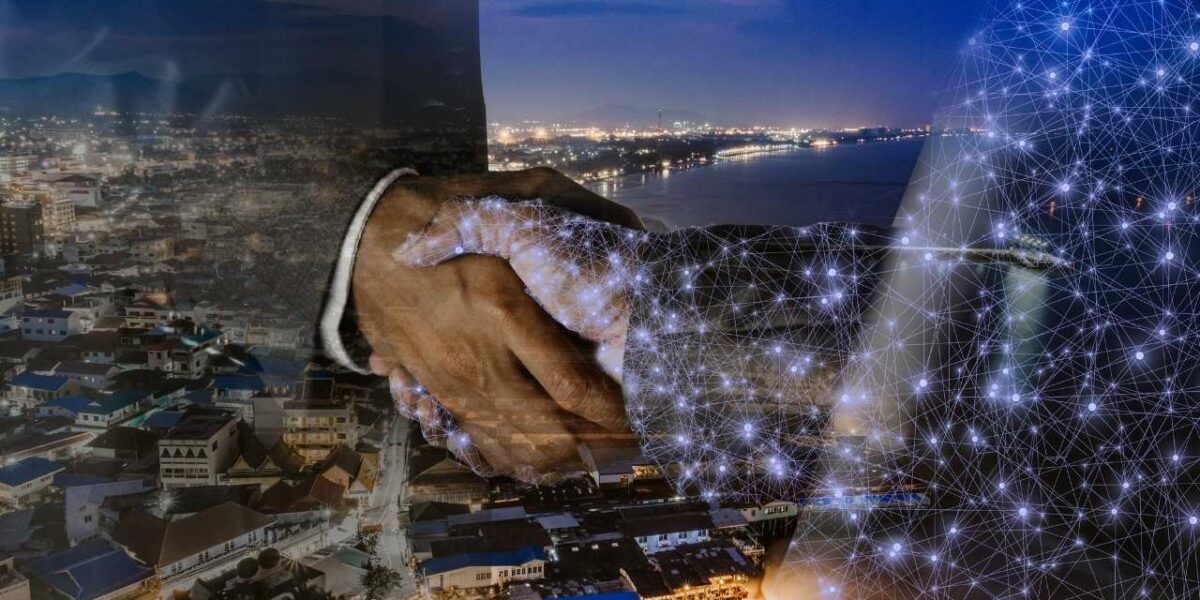Metaverse has been predicted to shine this year. Many more companies today have a real stake in the metaverse, including ByteDance, Nike, Tencent, Facebook, Spotify, Zoom, Amazon (Twitch), Alibaba, Roblox, Bilibili, Snapchat, Kuaishou, and Huawei. Microsoft with Microsoft Teams and gaming is perhaps the most advanced company in the world regarding the metaverse.
But what is it exactly metaverse?
According to Wired, the term doesn’t refer to any one specific type of technology, but rather a broad shift in how we interact with technology. The technologies that make up the metaverse can include virtual reality as well as augmented reality that combines aspects of the digital and physical worlds. However, it doesn’t require that those spaces be exclusively accessed via VR or AR. A virtual world, like aspects of Fortnite that can be accessed through PCs, game consoles, and even phones, could be metaversal.
Metaverse represents a combination of innovations as it requires multiple technologies and trends to function, including augmented reality (AR), flexible work styles, head-mounted displays (HMDs), an AR cloud, the Internet of Things (IoT), 5G, artificial intelligence (AI), and spatial technologies.
Think of metaverse as the next version internet which started as individual bulletin boards and independent online destinations. Eventually, these destinations became sites on a virtual shared space which is similar to how a metaverse will develop.
Metaverse also translates as an independent virtual economy where users can create, buy, and sell goods. Right now, most offline platforms have virtual identities, avatars, and inventories that are tied to just one platform, but a metaverse might allow you to create a persona that you can take everywhere as easily as you can copy your profile picture from one social network to another.
Gartner expects that by 2026, 25% of people will spend at least one hour a day in the Metaverse for work, shopping, education, social media, and/or entertainment.
In conclusion, metaverse is:
· A collective virtual open space, created by the convergence of virtually enhanced physical and digital reality. It is physically persistent and provides enhanced immersive experiences.
· A set of activities that take place in isolated environments (buying digital land and constructing virtual homes, participating in a virtual social experience, etc.) will eventually take place in the metaverse.
It is expected that a metaverse will provide persistent, decentralized, collaborative, and interoperable opportunities and business models that will enable organizations to extend digital business. According to Gartner, opportunities across industries include:
- Higher education, medical, military, and other types of trades can deliver a more immersive learning experience. They don’t need to create their infrastructure, as metaverse will provide the framework.
- Virtual events have gained popularity over the last two years, can now present more integrated offerings.
- Retail can extend its reach to an immersive shopping experience that allows for more complex products.
- Enterprises can achieve better engagement, collaboration ad connection with employees through virtually augmented workspaces.
- Social media can move to the metaverse, where users can interact through three-dimensional avatars.

